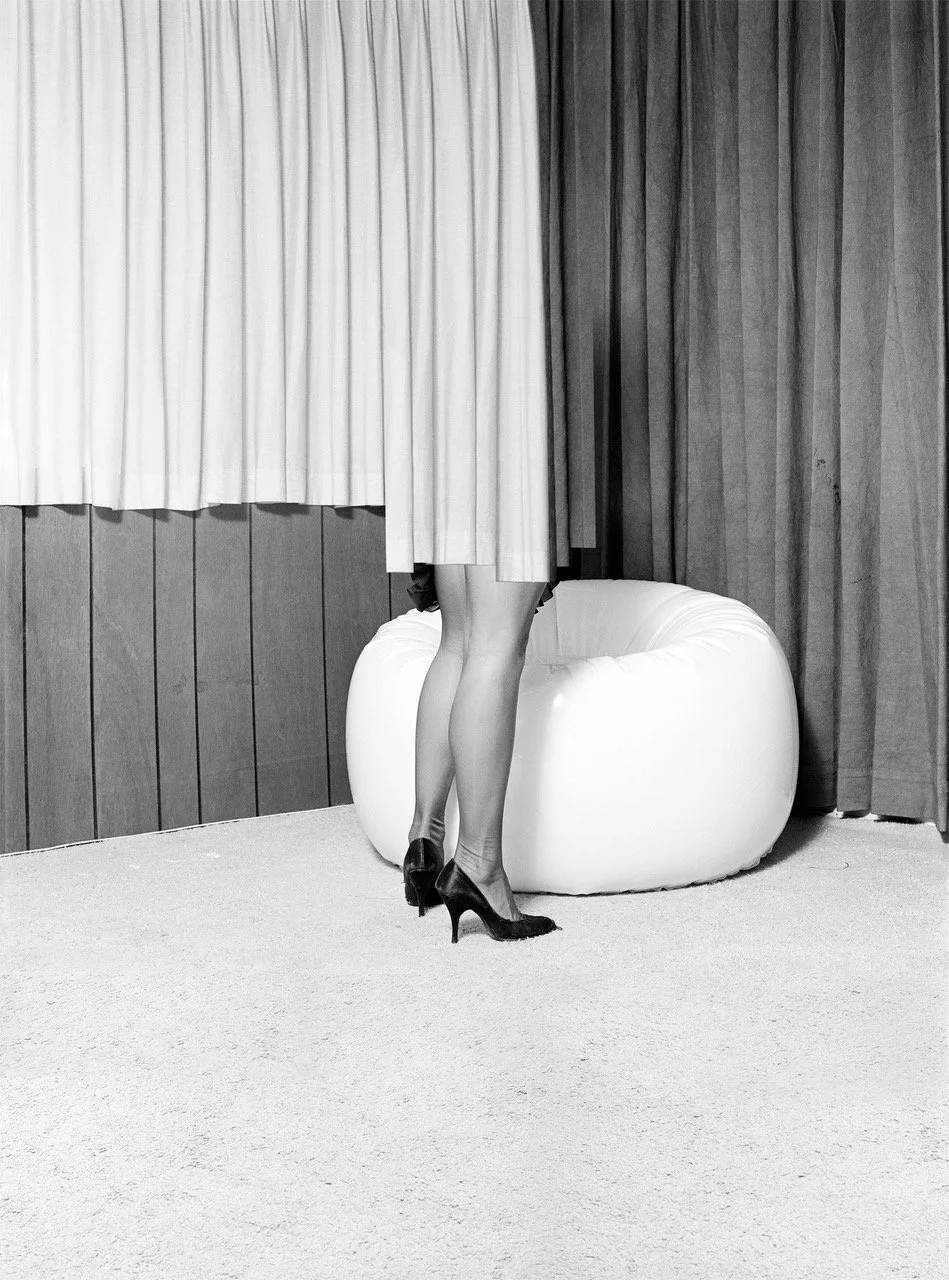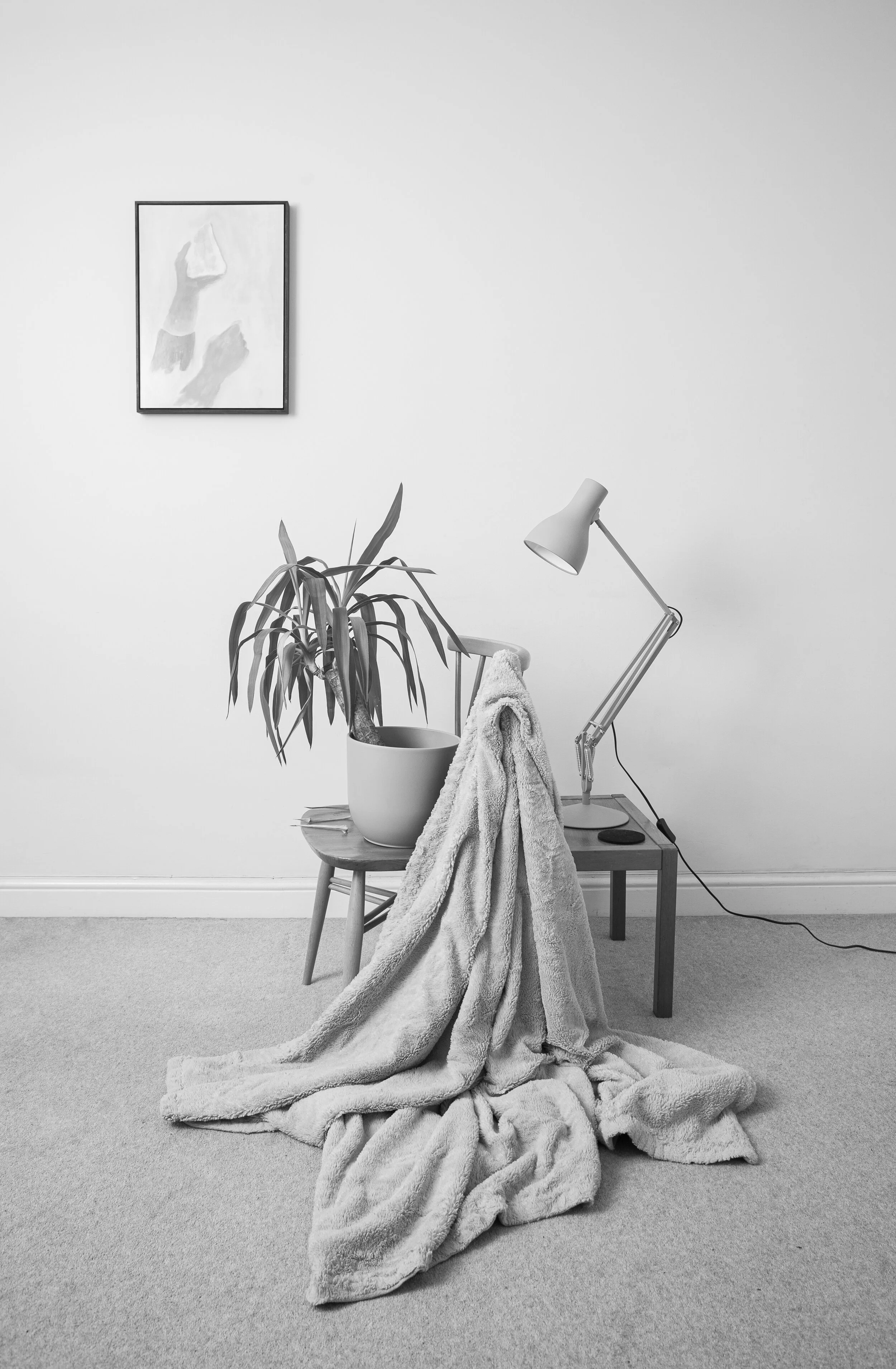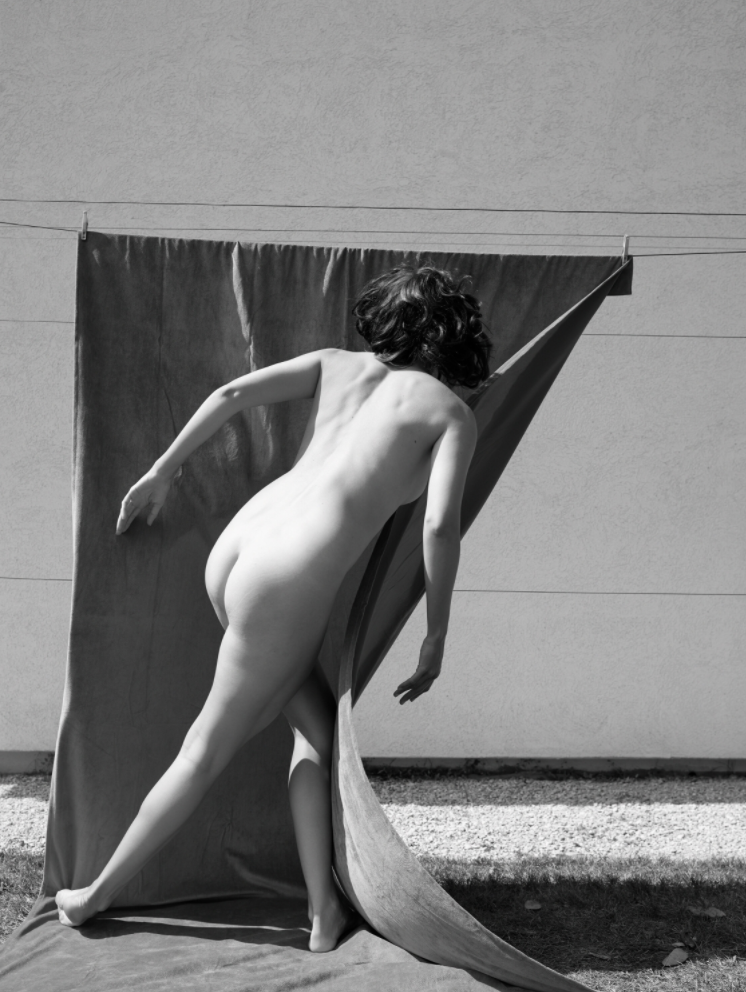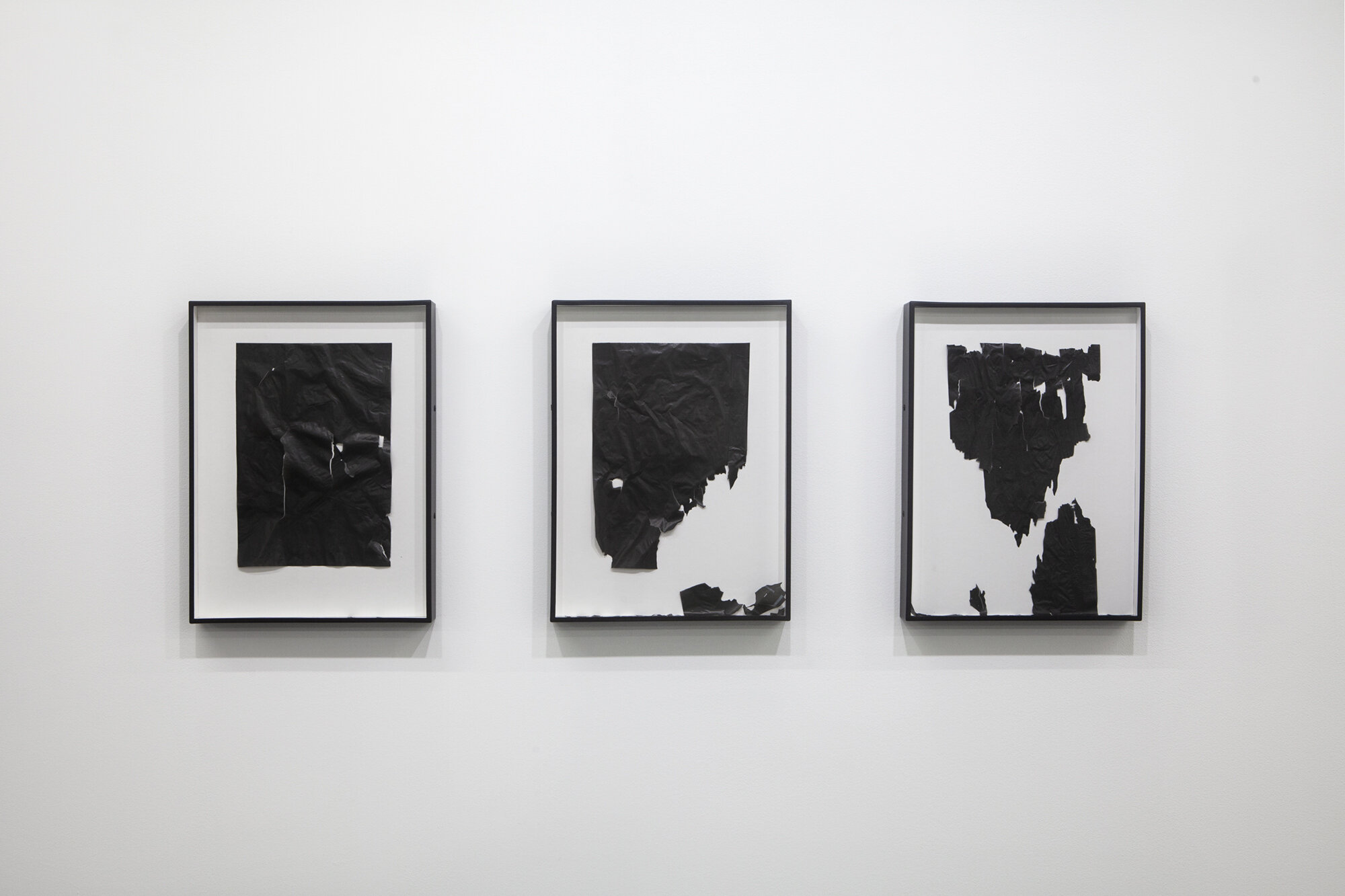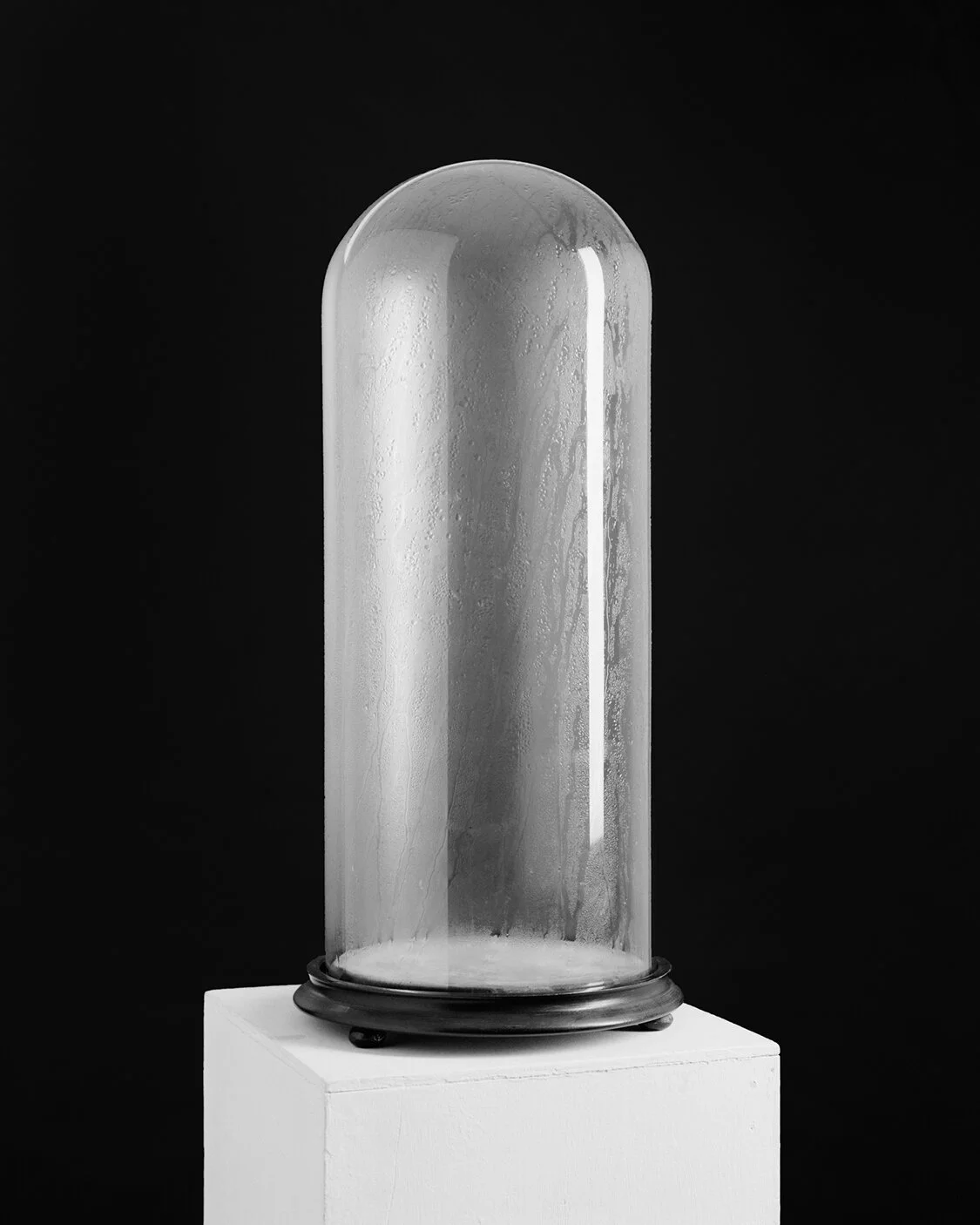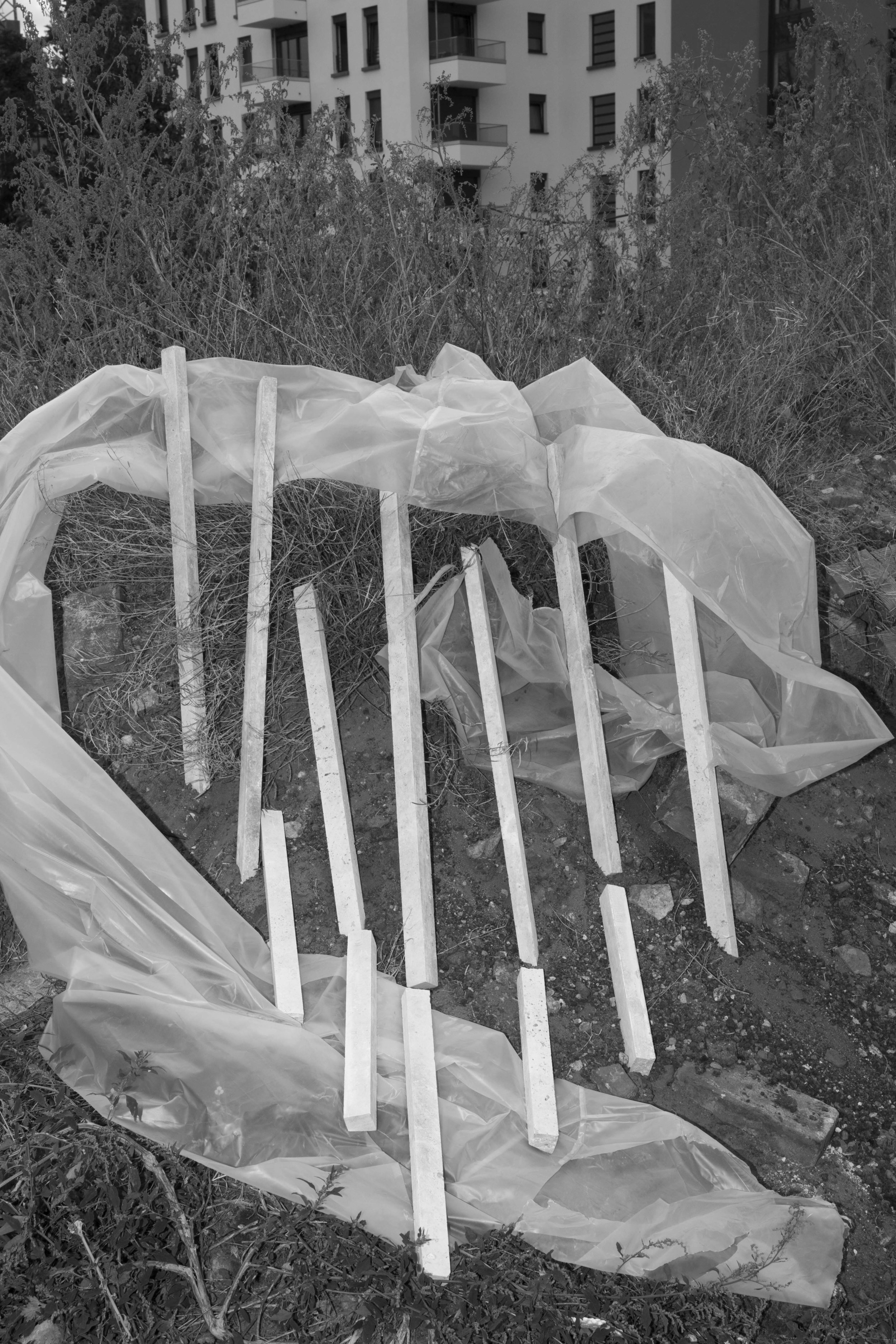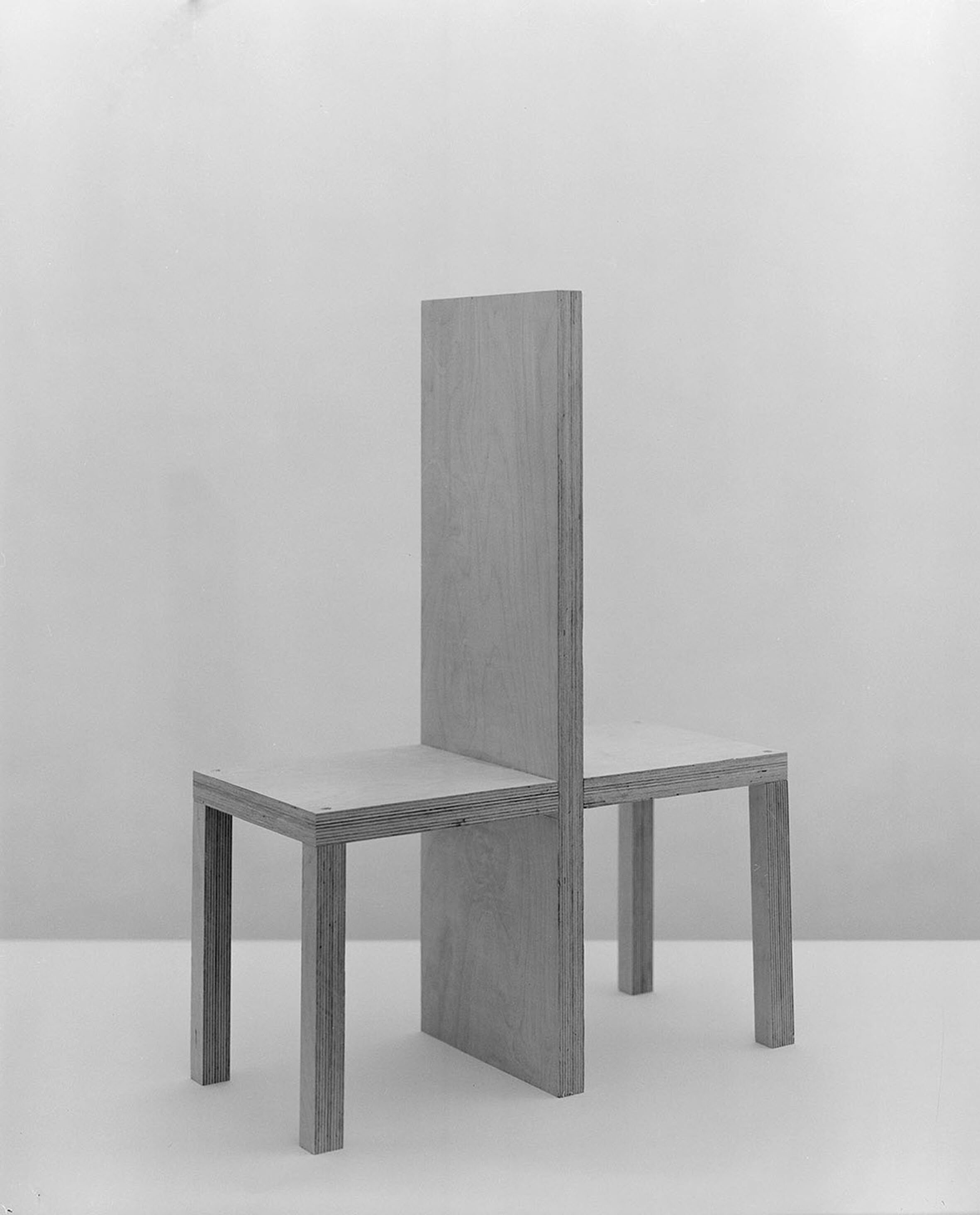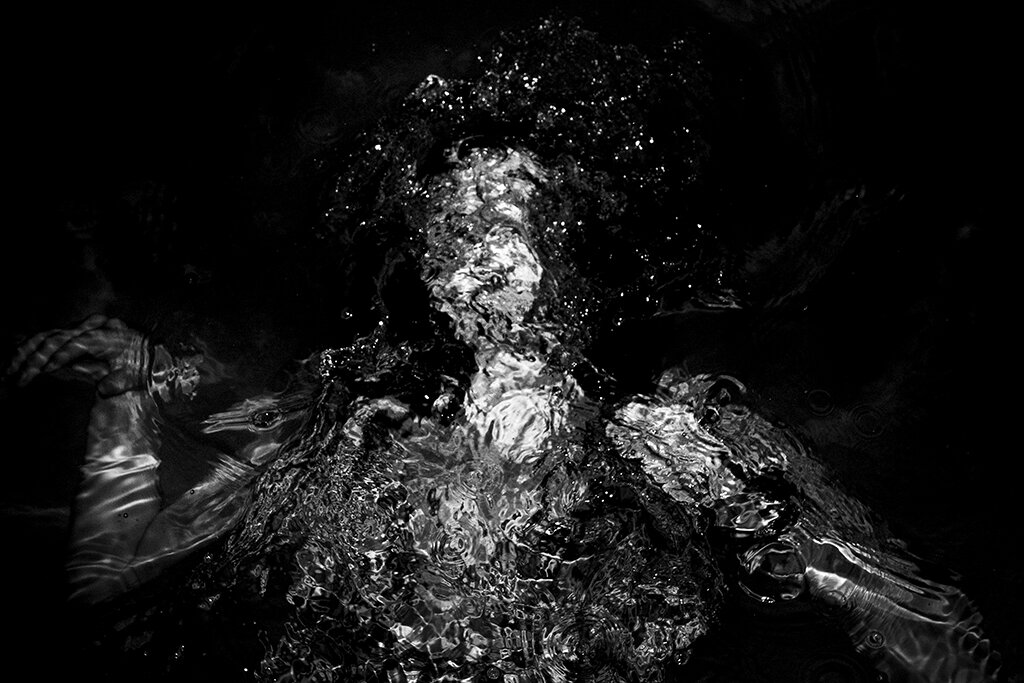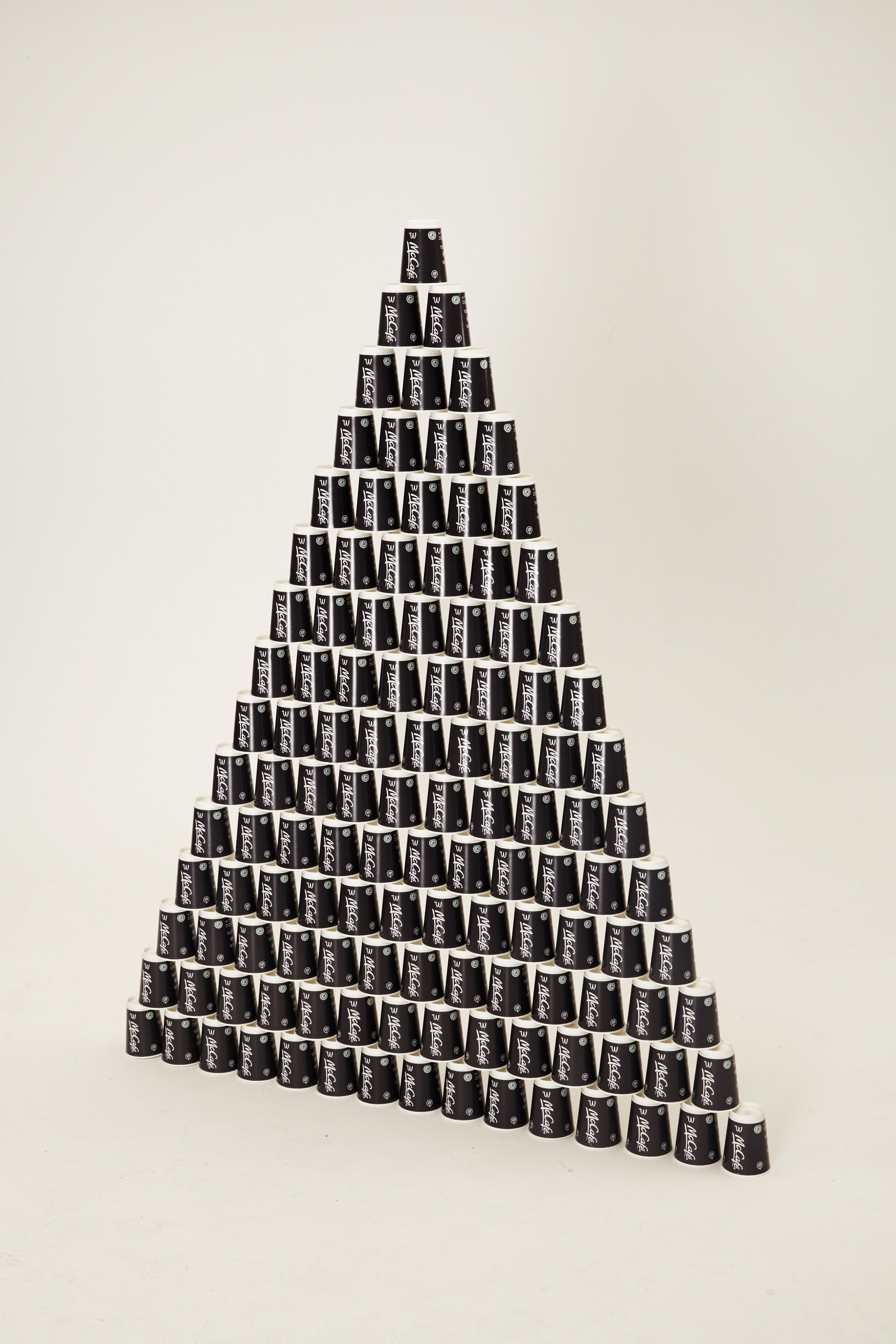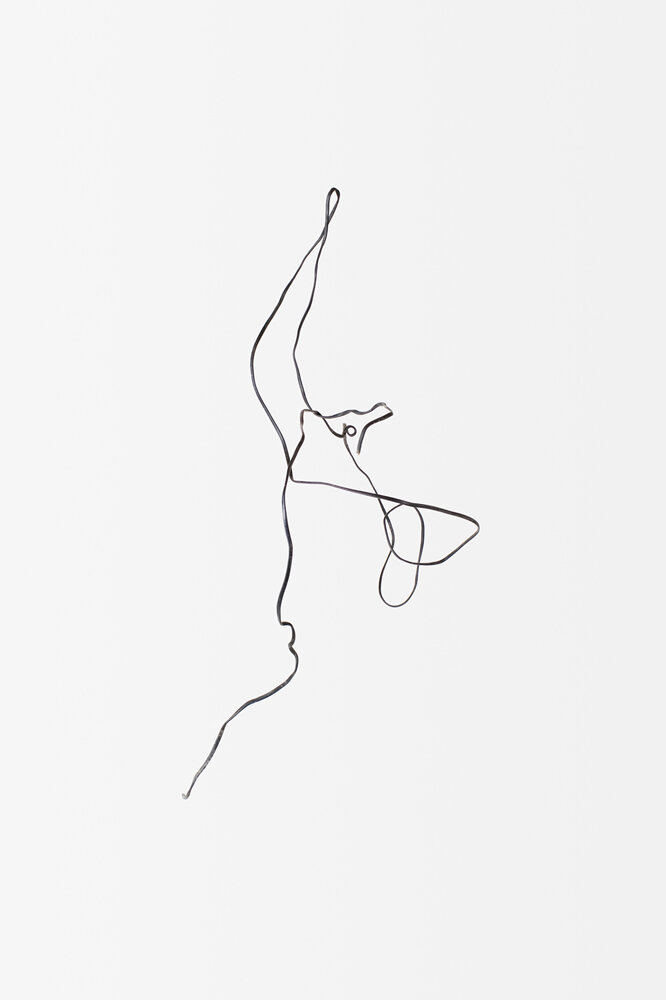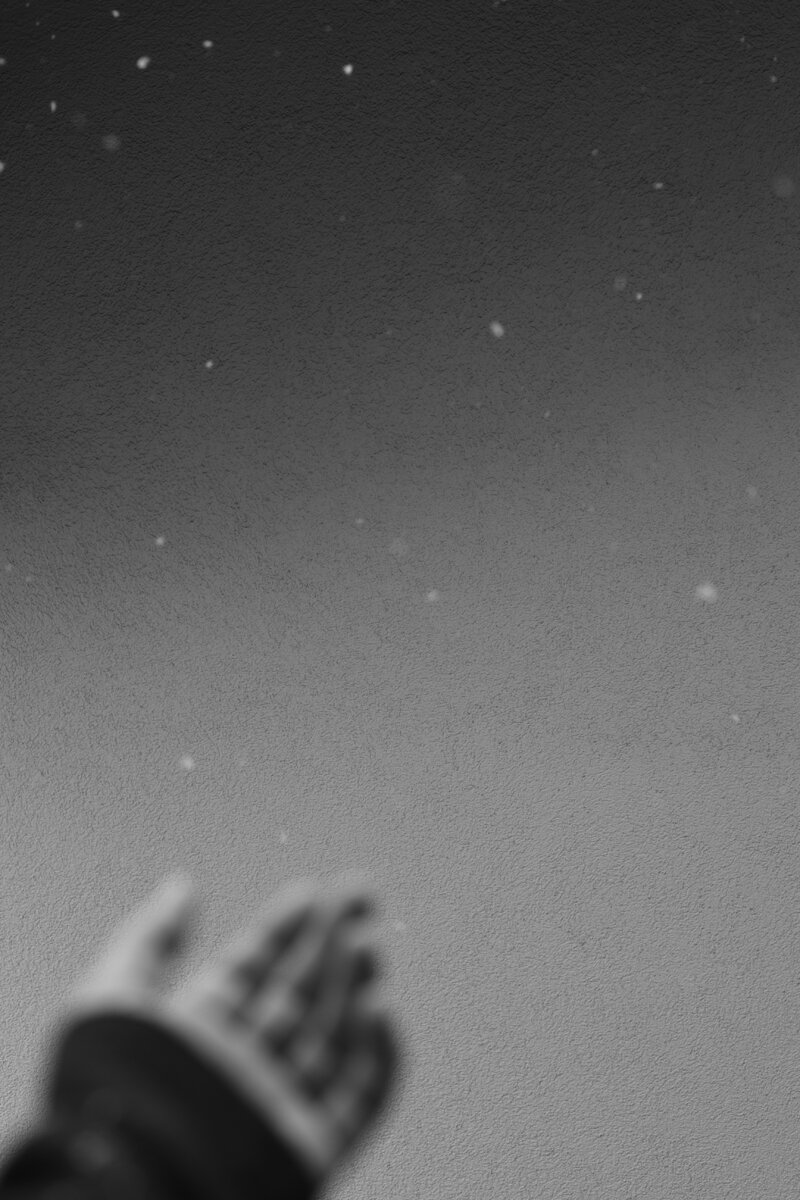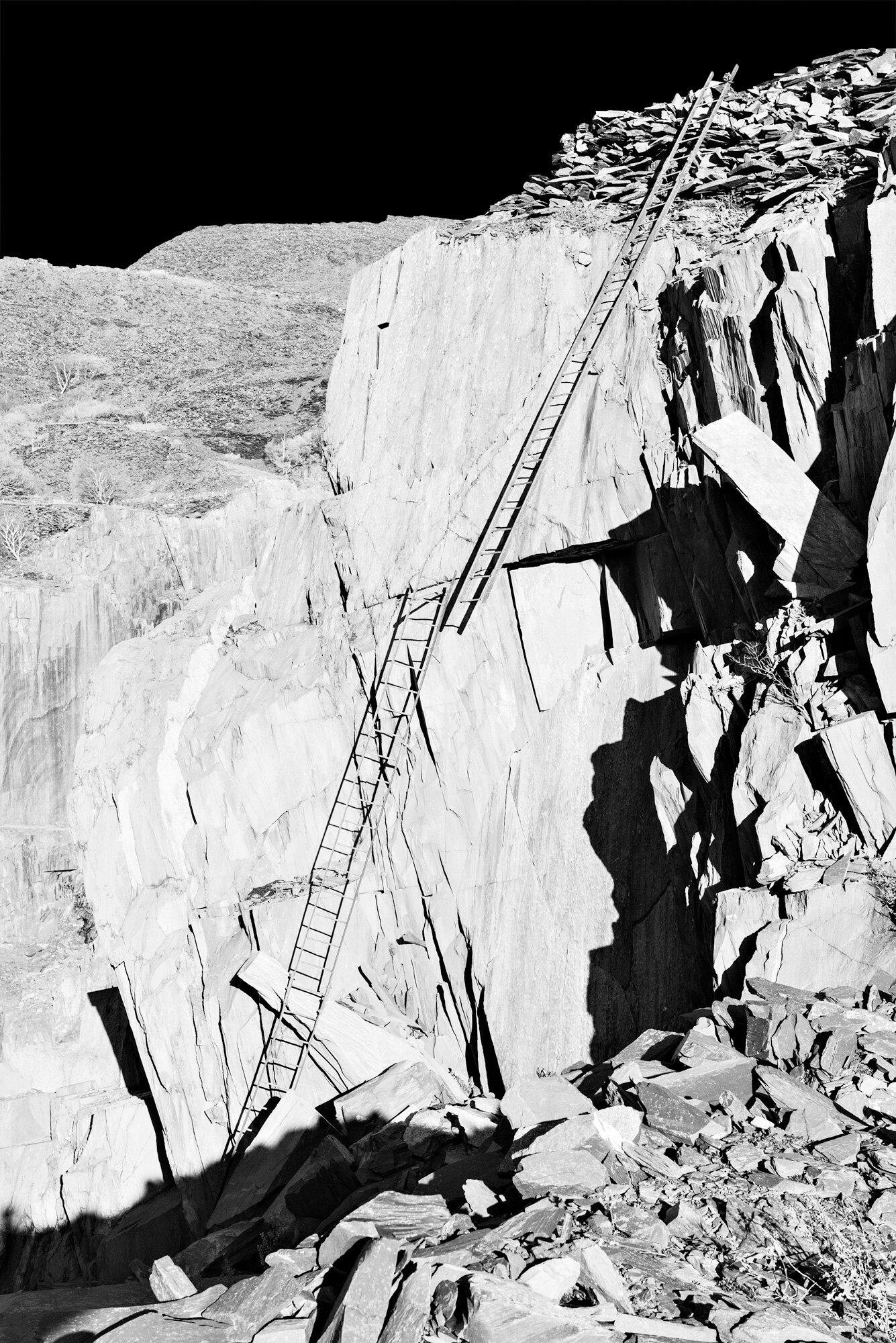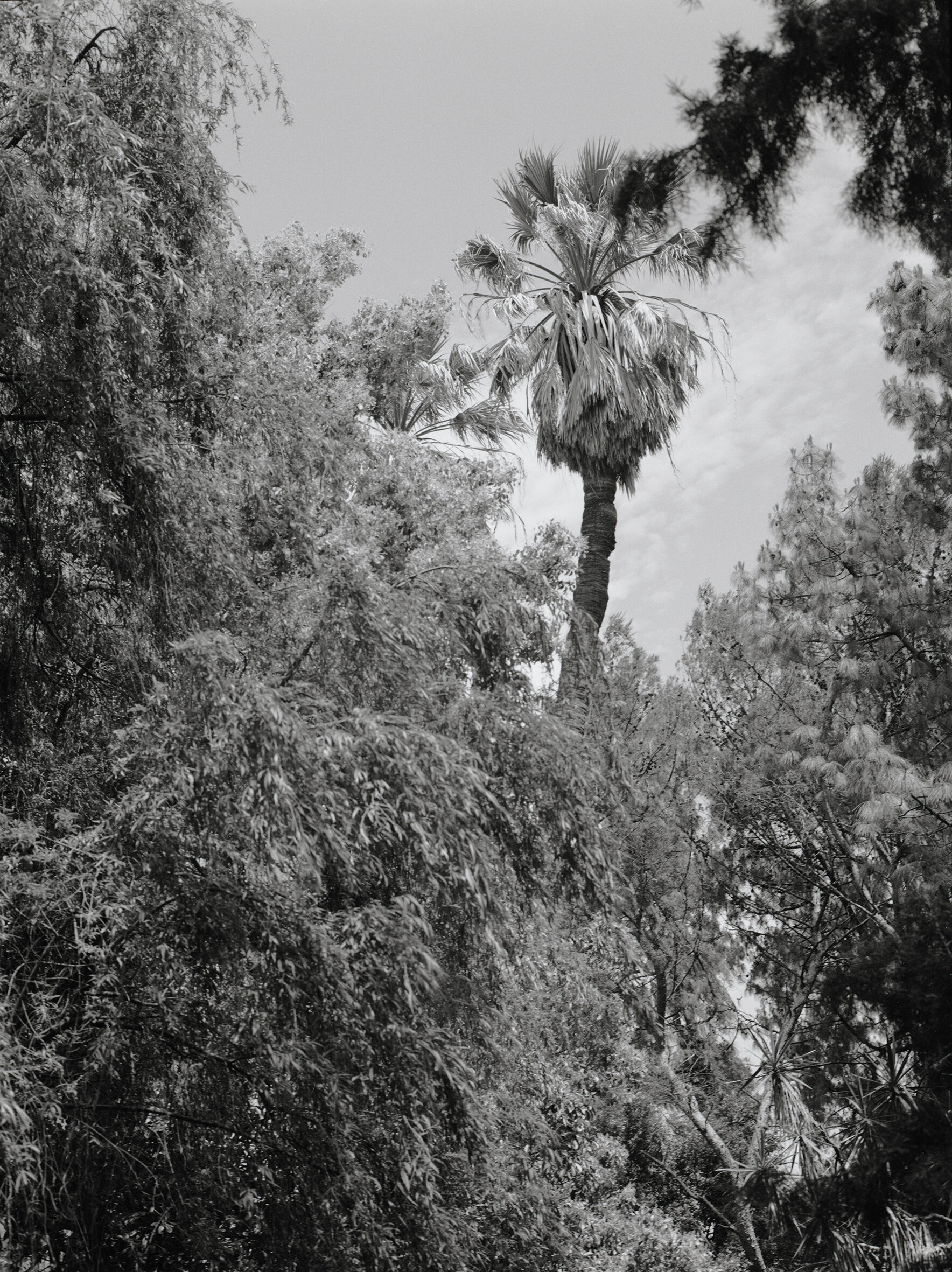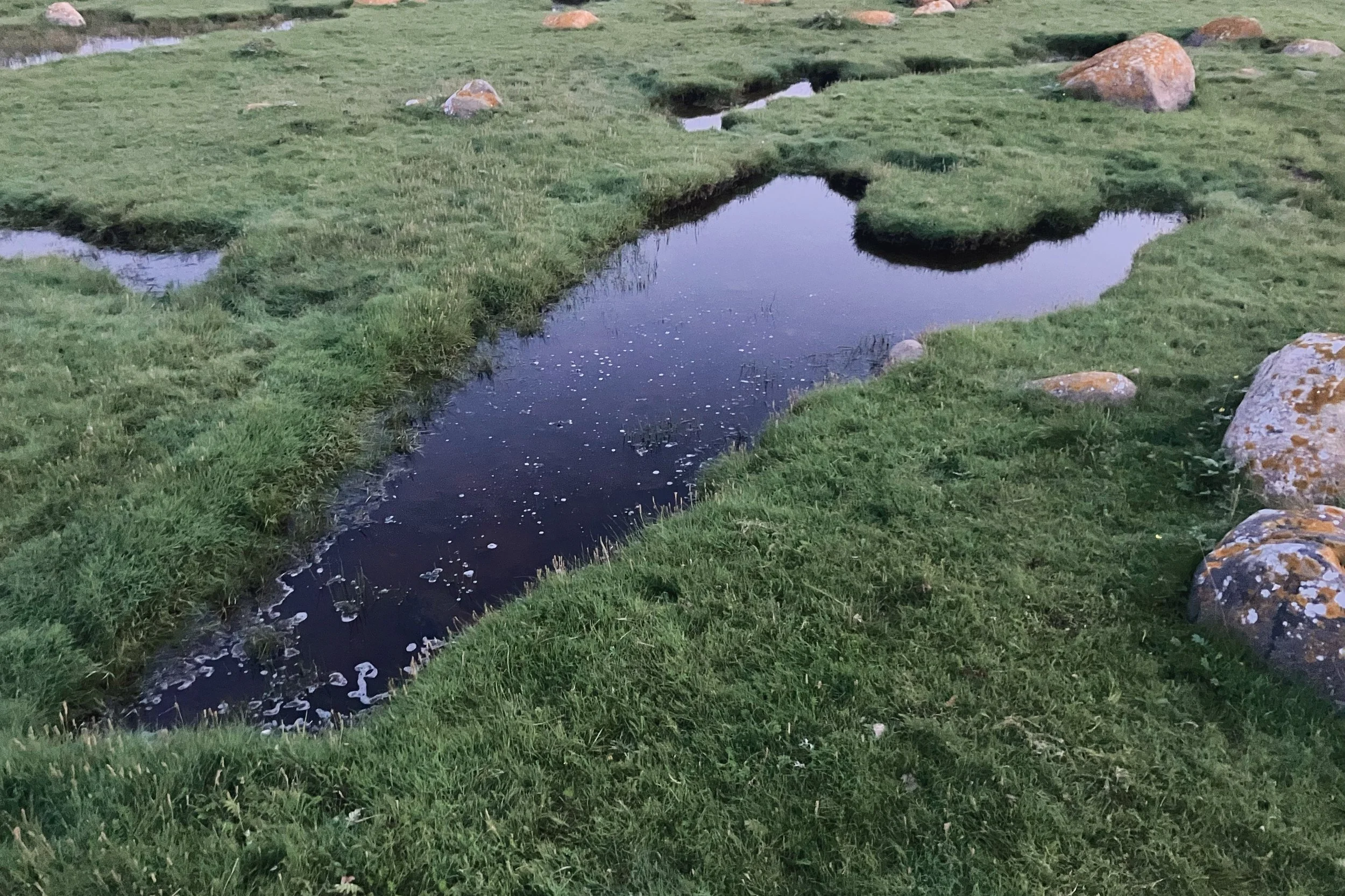Marie Rime #18
COLLECTIVE 18
MARIE RIME
Collective focus on the artistic process of one emerging artist; we learn about their sculptural practice and how it relates to construction, deconstruction, or both. Questions by Joanna Cresswell.
Tell us about your process. What reference or influence do you take from other mediums? What are the important elements of what you do? The research has been more an investigative process. Pharmaceutical industry is important in Switzerland and regularly in the newspapers and at the center of political issues. I visited a pharmaceutical industry and during my visit I saw those advertisment about people using specific medicine. That’s how I met Hannah and Bernadette’s stories who actually are persons from those advertisement. I always do a visual research. In that case, my inspirations were mainly concentrated towards photographers: Jules Spinatsch, Broomberg and Chanarin, Shirana Shabazhi, Fleur van Dodewaard, Michael Schmidt in between others.
Are these pictures concerned with exploring formal and aesthetic interests, or are they representational, metaphorical? What is the weight that holds these pictures together? The work, Pharma, presents two double portraits of two women, Hannah and Bernadette. Both suffer from disease that symptoms can be diminished but not totally eradicate. Some day they feel alright, some day they didn't. The medicines decide, the body decides. The colors of the photogenic packages evoke the contrast of the pain or the insurance of a smoother future. We can say the pictures are metaphorical.
Are you a photographer or an artist using photography? I can’t see a clear difference between those two ideas. Generally, you create a new reality when you make a photograph.
Does your work reflect on the medium of photography or the photographic image? If so, is that intentional? Pharma goes to the limit of the photographic medium. The images want to trigger reflections on the presentability of phenomena that are commonly told about the visible effects on the body. Pharma is about the unseen and the unutterable. It invoke not only empathy, but also the mind.
Typically, are your works more about construction or deconstruction? Concerning Pharma, we could think they are found sculptures but as a photographer I am not sure we can talk about found sculptures. Fundamentally, photographers transform invariably something that already exists. About those medicine boxes, I gave them a new identity and a new meaning. They are created sculptures, as every photograph.
Are you interested in the notion of your pictures as objects? Do you think about how their physicality may endure as you are photographing them or is that an afterthought? In the case of Pharma, the physicality of the pictures was very important. The pictures have been presented in big double sided lightboxes. First of all, the big size of the images disturb the spectator’s expectation. What does he really sees? Small medicine boxes have been transformed into big colored panels. Secondly, the way they are presented, dobble sided lightboxes, truly transformed them in a object making reference to the world of advertisement. How can I give a feeling a true materiality? Using two boxes is also a way to reinforce the naration between Hannah and Bernadette’s stories.
Often sculptural photographic works are concerned with elevating banal objects, situations or events to a status of ‘art’ – when does something become art for you? When you decide it is.
www.marierime.ch
Titles from top:
All images from the series Pharma, 2013.
Bernadette, living with Lupus #1
Bernadette, living with Lupus #2
Hannah, living with Epilepsy #1
Hannah, living with Epilepsy #2
Published May 2015






